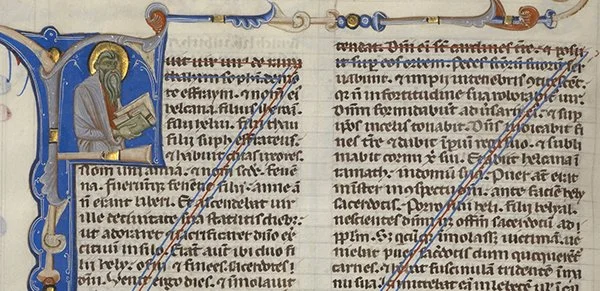What Is Proofreading?
Have you ever wondered what a proofreader was? What is proofreading? Does anyone really need a proofreader? You are not alone in asking these questions. I always knew what proofreading was, but I did not realize the impact a good proofreader could have on everyday written material.
Take a moment to think about the writing that you see every day. It could be an article, a sign in a store, a billboard, or an email from a friend. Have you ever spotted grammatical errors in them? Did it make you cringe? Did it make you wonder what they were thinking? These are examples of why we all need proofreading.
Let's face it, we all get busy and feel rushed at times. If you are like me, you have had plenty of instances where you wish there were an "unsend" button for emails and texts. This is where a proofreader comes in. Proofreaders will efficiently check and correct errors in spelling, grammar, punctuation, and inconsistencies.
Where did this all begin?
Believe it or not, proofreading is as old as printing itself! It dates back to the 15th century. Medieval scribes had to copy out manuscripts by hand, which naturally led to mistakes. These early proofreaders had several methods for correcting their work. Some would cross out incorrect passages, then start again on the next page. Others would scrape off the incorrect text from the parchment with a knife, cover it completely with an assorted color ink, or add the corrected text in the margins. Sounds time consuming and messy!
Johannes Gutenberg introduced the mechanical printing press in the 1400s, making printed texts available to far more people. The problem was that nobody checked the types before printing—do you see where this is going? You guessed it, it led to errors. Where is that "unsend" button? In the 1600s, authors started proofing their own work. However, as the industry grew, they realized that they could employ scholars to do this work. Voilà! The proofreader was born!
Proofreading now.
While the birth of the printing press led to proofreading becoming an actual profession, the age of the computer has once again changed proofreading. Instead of working on paper proofs and using proofreading marks, most proofreaders now work on a computer. Whether it’s Microsoft Word, Google Docs, or a PDF format, you can definitely see that times are changing.
While proofreading methods have changed through the years, I think that we can all agree, if you are expressing yourself in word, you could use a proofreader.
Crossed-out text in a medieval manuscript.
Document proofed using Microsoft Track Changes.

